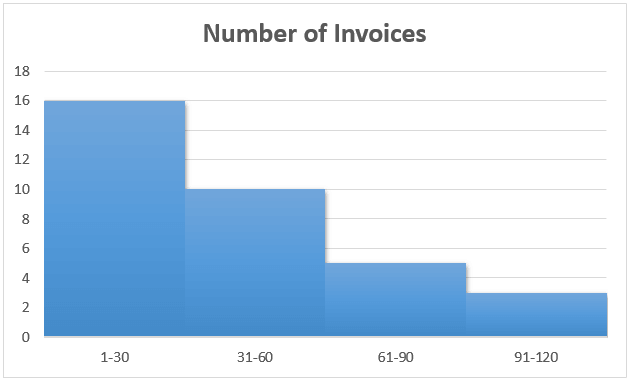
- #HOW TO ENTER VALUES MANUALLY TO A HISTOGRAM IN EXCEL 2016 HOW TO#
- #HOW TO ENTER VALUES MANUALLY TO A HISTOGRAM IN EXCEL 2016 MANUAL#
In other words, a histogram graphically displays the number of elements within the consecutive non-overlapping intervals, or bins.įor example, you can make a histogram to display the number of days with a temperature between 61-65, 66-70, 71-75, etc. A histogram is a specific use of a column chart where each column represents the frequency of elements in a certain range. Have you ever made a bar or column chart to represent some numerical data? I bet everyone has. Wikipedia defines a histogram in the following way: " Histogram is a graphical representation of the distribution of numerical data." Absolutely true, and… totally unclear :) Well, let's think about histograms in another way.
#HOW TO ENTER VALUES MANUALLY TO A HISTOGRAM IN EXCEL 2016 HOW TO#
#HOW TO ENTER VALUES MANUALLY TO A HISTOGRAM IN EXCEL 2016 MANUAL#
In manual mode, the values are recalculated after pressing the F9 key, but most often the working in this mode is not necessary.Ĭonsider now how to enter a formula in Excel correctly. In the Excel settings, you can disable the automatic recalculation of values. For example, if we change the value of the cell A1 to 3, then the amount will automatically change to 8. The computational function of the formulas is dynamic.

This simplifies to the visual analysis during operation.Īttention. The same colors are used to frame the cells to that the address refers. Note that the addresses of the cells are highlighted in different colors.

Pressing this combination again switches to normal operation. For a detailed analysis of the cell references, you can switch to a special sheet view mode with the CTRL + `key combination. In the cell A4 enter the following formula: = A1 + A2 + A3 and press the «Enter» key.Īs you can see in the picture, the cell displays the value of the amout, and the formula itself can be seen in the formula bar. In the cells A1, A1 and A3 you need to insert the numbers 1, 2 and 3, respectively.


 0 kommentar(er)
0 kommentar(er)
